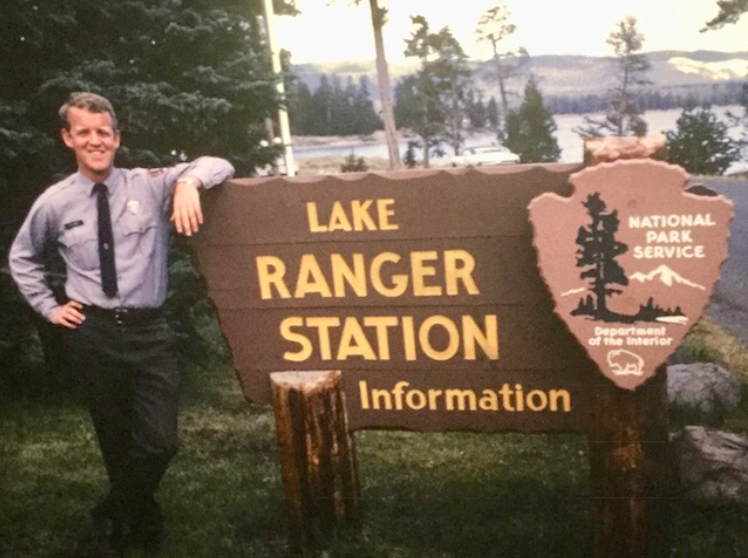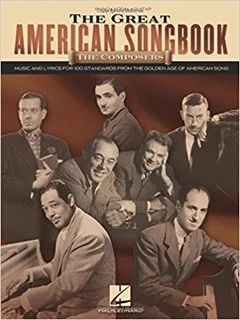Farewell
“Farewell” carries with it . . . a fi-nal-i-ty,
Not intended to happen again;
Thus, when applied to a favorite thing,
We prefer “a bientôt,” “until then.”
© Forrest W. Heaton September 2018
I have filled my life with poetry and music. Thus, when writers and artists come along whose poetry and musical artistry help fill our lives with joy, we try hard to pass along that joy to others, sometimes with our guitar and singing, sometimes with the gift of a songbook, poembook or poem, sometimes with our website and blog. In this case, Mary & I are using our blog to pass along to readers the joy we experienced Saturday 29Sep18 at the Durham Performing Arts Center attending the “Farewell Tour” of poet/writer/activist/performer, Joan Baez!
My Mom & Dad were accomplished musicians/singers, Dad having taught me how to play his favorite instrument, the ukulele. When I was in high school, a friend two years ahead of me, Alan Sonner, began teaching me how to transfer those uke chords to a guitar and how to sing what were becoming known as “folk songs,” songs such as “I Ride An Old Paint,” “You Are My Sunshine,” et. al. I’ve not seen Alan since high school; however, we reconnected a few years ago by phone and email and learned we both still play our guitars and sing. When Mary & I realized that Joan’s Farewell Tour included Durham (a short half-hour away), we purchased four tickets and invited Alan and his friend, Barbara Hall, to join us—thereby guaranteeing double joy: supporting Joan in her Farewell Tour as well as reconnecting with Alan and Barbara to honor that musically/poetically formative time all those years ago. We reveled together at the concert and again the following day in our home, singing/playing together for the first time in sixty-three years!
Here’s a partial summary of some of Joan’s accomplishments as listed in a 2016 performance bulletin at a concert we attended at Duke University: “Joan remains a musical force of nature. She marched on the front line of the civil rights movement with Martin Luther King, inspired Vaclav Havel in his fight for a Czech Republic, sang on the first Amnesty International Tour, and stood alongside Nelson Mandela celebrating his 90thbirthday in London’s Hyde Park. She shone a spotlight on the Free Speech Movement, took to the fields with Cesar Chavez, organized resistance to the Vietnam War, then forty years later saluted the Dixie Chicks for their courage in protesting the war in Iraq. Her earliest recordings fed a host of traditional ballads into the rock vernacular, before she unselfconsciously introduced Bob Dylan to the world in 1963, beginning a tradition of mutual mentoring that continues to this day.”
We’ve included two photos: the covers of Joan’s first three vinyl albums that my wife, Sally, & I purchased on their release dates in 1960 – 1962—all having achieved gold record status and all of which we still have; the second is of Joan during her 2018 Farewell Tour. The link takes you to a songsheet of “Gospel Ship”, an African-American spiritual which became part of white spiritual/gospel in the 20’s and 30’s; Joan chose this song to lead off Side Two of her “Joan Baez in Concert” album. Mary & I prepared this songsheet utilizing Joan’s lyrics for the first three verses and chorus and wrote a fourth verse for Stephen Ministry, using that songsheet to lead the singing of our University Presbyterian Church Stephen Ministers in training, 7Oct03. Later that same evening, we caught the last half of Joan’s performance in Chapel Hill, after which we had a lovely chat with Joan and she signed our songsheet! Joan Baez is clarity in voice and guitar: a story to learn, a message to act upon, a presentation to celebrate! We encourage you to attend her Farewell Tour, enjoy her recordings, support her causes, and celebrate her life!
Photo from the New York Times




















